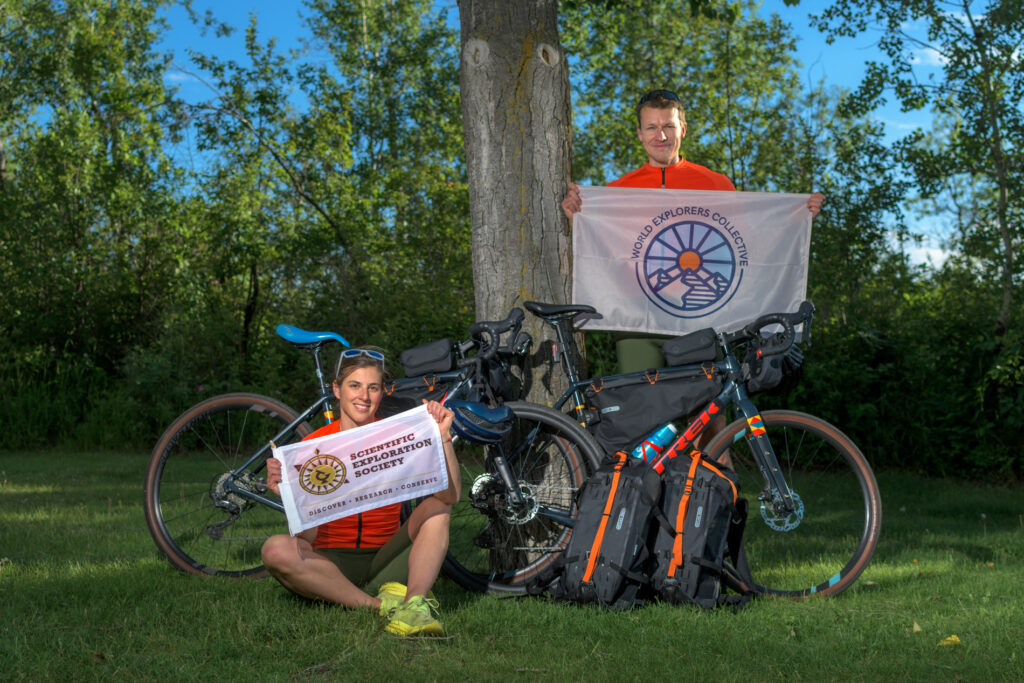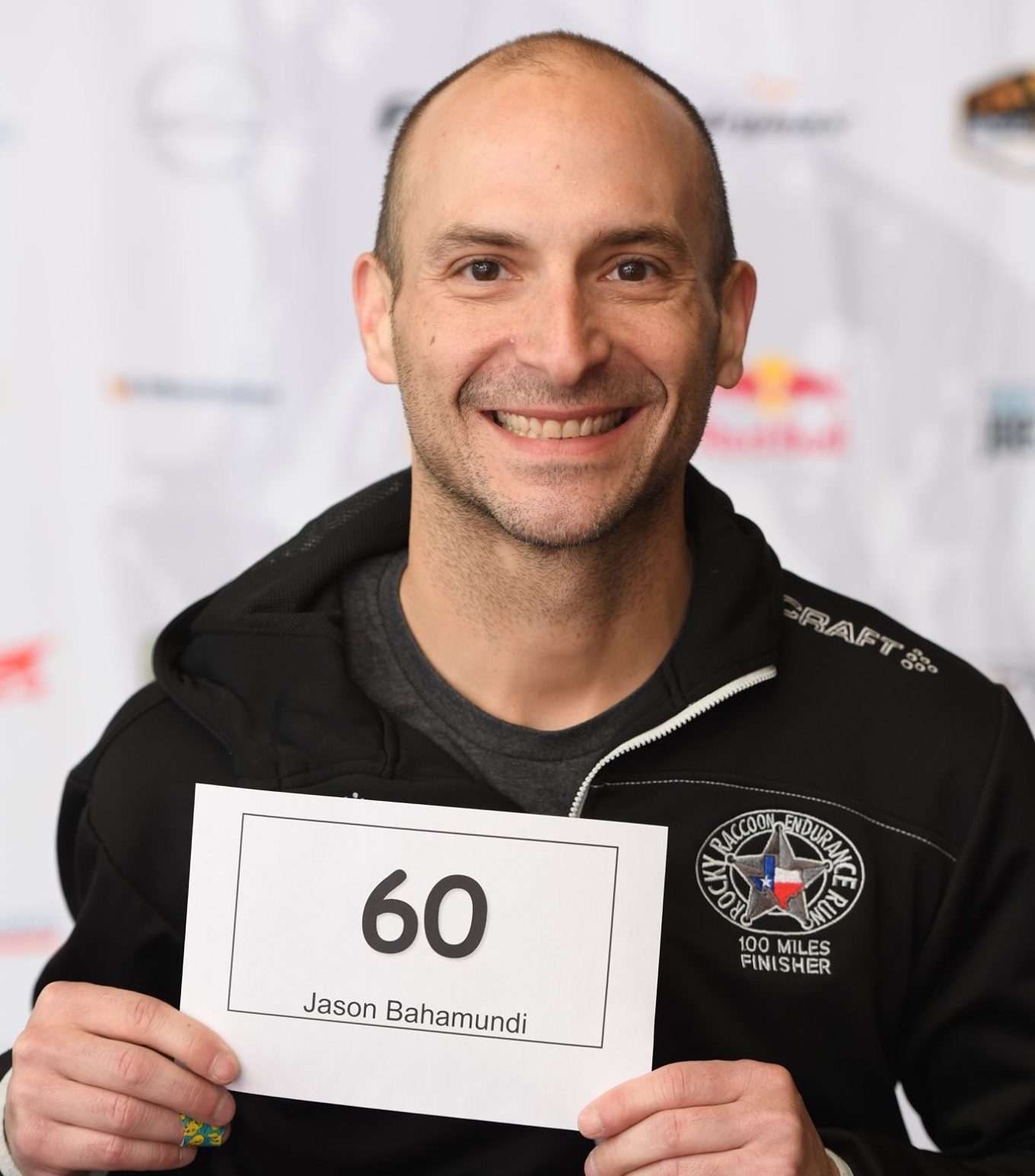Sponsored by
Cycling For The Planet: Two Athletes’ 30,000km Journey Along Bird Migration Routes

At first glance, Timm Döbert and Leanna Carriere seem like an unlikely pair to tackle one of the most ambitious cycling projects ever attempted. Döbert, a conservation scientist with a background in tropical research, and Carriere, a personal trainer and former track athlete turned Ironman competitor, will be cycling for the planet and highlighting the impacts of global environmental change. The path is 30,000 kilometers along the Pacific Flyway and providing a glimpse into the ‘athletic’ phenomenon that is bird migration.
When Two Paths Converge
For Carriere, the journey began during the COVID-19 pandemic when race after race was canceled – not just due to the virus, but increasingly because of environmental factors like poor water quality and smoke from wildfires. “I was training a lot, swimming in rivers and lakes, going to the mountains to ride and run. I noticed these environments around me were changing,” Carriere recalls.
Meanwhile, Döbert’s path to this project started in the rainforests of Borneo, where he studied the impacts of deforestation. After years in academia, he realized his impact as a scientist was limited. “As an academic scientist, I’m a bit limited as to what my impacts can be,” Döbert explains. “This project is really an evolution of who I am – there’s always been the sports component and the conservation and science and exploration.”
A Project Takes Flight
When Carriere showed Döbert a map of the Pan-American Highway, which follows the Pacific Flyway bird migration route, something clicked. What started as Carriere’s desire to be the first woman to establish a record on the route transformed into something much bigger.
“He really challenged me to look at it not so much as being the first woman to establish a record, but how can we use sports to really get people to think more about what they can do for the environment?” Carriere shares.
Beyond the Bicycle
The project has grown far beyond just cycling. The team plans to work with scientists to place GPS devices on birds, capturing their migration patterns. They’ll document traditional knowledge from indigenous communities about their relationship with migratory birds and create educational programs along the route.
“Birds are in a way an indicator of spring arriving,” Döbert explains. “So many indigenous and First Nations groups have special relationships with the natural world. There’s so much to be learned.”
ADVERTISEMENT

The Human Element
For both athletes, this journey represents a shift from personal achievement to something greater. “Being an athlete for so long, I feel athletes can be super selfish sometimes. You’re always so focused on your goals,” Carriere reflects. “Using my athletics to do something greater and to empower more people to think about their environments and their impact – that just drives really deep in my soul.”
Challenges Beyond the Physical
While both athletes feel confident about the physical demands of cycling 150 kilometers daily over 9 months, the project faces other challenges. Finding sponsors, securing funding, and coordinating with production teams for a documentary have proved more challenging than expected.
“Riding a bike is the easy part,” Carriere says with a laugh. “That’s how I love to spend my time. Even if it’s hard, I still love it.”
Drawing attention and action on the climate through that cycling is the difficult part for the tandem.
A Message of Hope
Despite the enormous scope of climate change, both athletes emphasize that this is meant to be a story of hope and empowerment. “We don’t want it to be another doom story,” Döbert says. “We want people to feel empowered and inspired to make a difference.“
The project aims to showcase the interconnectedness of environmental challenges while highlighting solutions and actions individuals can take. From choosing plant-based diets to making conscious consumption choices, the team wants to demonstrate that everyone can contribute to positive change.
Looking Ahead
As Döbert and Carriere prepare for their journey, they’re focused on maximizing their impact. “How are we going to create the most impact? At the end of the ride, we want to look back at what we’ve accomplished and be thrilled with it,” Carriere explains.
Their message is clear: while not everyone needs to cycle from Alaska to Patagonia, everyone can be a spokesperson for action on improving the climate. Through their journey, they hope to inspire others to see that endurance sports can be about more than personal achievement. Endurance sports can be a platform for creating meaningful change in the world. Cycling to create attention and action on the climate is just a start.
ADVERTISEMENT









